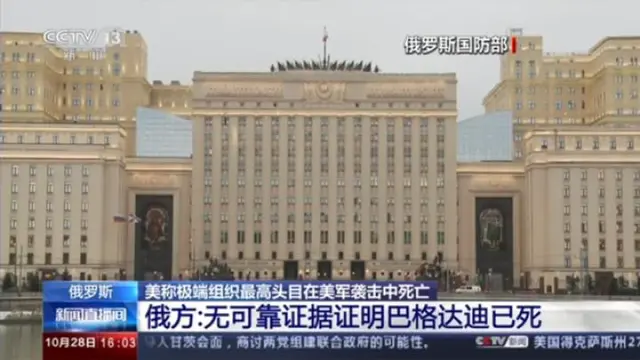The Tibetan plateau remains one of the world's cleanest regions despite the lingering presence of pollutants from farming and mining, according to research released on Wednesday.
The pollutant levels recorded on the plateau are similar to those seen across the Arctic, and remain remarkably lower than densely-populated areas, according to the environment change evaluation report, which was organized by the Institute of Tibetan Plateau Research under the Chinese Academy of Sciences (CAS) and featured research from scientists from across the world.
The report warned, however, that should the average global temperature continue to rise over the next 100 years, and hit 4 degrees Celsius higher than preindustrial levels in the next 100 years; the worse case scenario predicted by some scientists, 81 percent of the permafrost on the Tibetan plateau will have disappeared by 2100.
Airborne pollutants on the plateau have increased by 200 percent since the 1950s, it said. However, both black carbon, a climate forcing agent that heats the atmosphere and warms the earth, and persistent organic pollutants remain at a relatively low level, which is close to or lower than in the Arctic or the Alps.
While the report paints a mixed picture of one of the world's cleanest regions, the authors remained upbeat that as long as positive human intervention continued the low-environment background value of the region could be maintained.
A warmer "roof of the world"
The average annual temperature of the region rose by 0.3-0.4 degrees Celsius every decade from 1960 to 2012, about twice the world average, resulting in retreating glaciers and disappearing permafrost.
High-altitude areas are more vulnerable to global warming, so it is not unusual that temperatures on the Tibetan plateau rose faster than the global average, said Xu Baiqing, a researcher with the institute.
"Glacier shrinkage is not unique to the Tibetan plateau, but a common crisis all plateaus are facing, thanks to global warming," Xu said. "Glaciers are melting even faster in the Alps, Andes and Kilimanjaro."
The report warned of the cost of loss of wetlands and accelerating desertification, but assured that "the Tibetan plateau's ecosystem is improving overall." Improvements include the boundaries of frigid and sub-frigid zones moving westward and northward, the temperate zone expanding, and the area covered by arctic-alpine steppe increasing.
The role of humans
The report acknowledged the negative impact of human activities, such as farming, grazing, mining and urbanization, on the plateau's environment.
Mineral resource exploration in Tibet has caused damage, it said, citing the wanton disposal of mineral waste and the increased risk of soil erosion and landslides.
In order to protect this fragile environment, the regional government banned mining of gold dust on Jan. 1, 2006, and exploitation of iron sand on Jan. 1, 2008.
Forty mining companies in Tibet that failed to meet environmental standards have been closed since 2010. Moreover, by 2010, areas with registered mining rights covered only 749.62 square kilometers, less than 0.1 percent of the autonomous region's total area thanks to tightened controls.
Though it blamed people for increased environmental pressure, the report also lauded the positive results of environmental protection programs since the 1990s.
Ecological protection measures included in the design and construction of the Qinghai-Tibet Railway, for example, ensured the project was environmentally sound, the report said.
In the five years since the train route opened, the environment along it is already showing healthy signs of recovery, it said. "Parts of the region are close to, or even better than, the condition of natural areas in the surrounding regions."
"Though transportation, tourism and mining have inevitably affected parts of the plateau, it should be noted that Tibet's energy consumption mainly relies on clean energy and it has a service-dominant industrial mix, which means less pollution compared with densely-populated areas," Xu said.
The future is green
The report warned that landslides, torrential floods and perpetual snow are expected to increase, and fires will be more difficult to prevent and extinguish.
In response, scientists called on the central government to increase investment in ecological protection, and urged the local government to prioritize environmental concerns when mapping out economic and social development plans. They suggested that a model green zone be established in Changtang, which will be a safe and clean habitat for wild animals such as Tibetan antelopes and yaks.
Since the area is important to environmental change in East and South Asia, the report proposed that a model of green development and enhanced environmental protection be drafted for the area.
"The Tibetan plateau could be [...] maintained if humans continue to exert a positive influence," the report said.
The institute describes the Tibetan plateau in its report as the areas mainly in southwest China's Tibet Autonomous Region, with an average altitude of over 4,500 meters and an area of more than 1.2 million square kilometers.
More than 70 specialists from China, the United States, Sweden and Canada started working on the report starting in 2012.
 简体中文
简体中文

